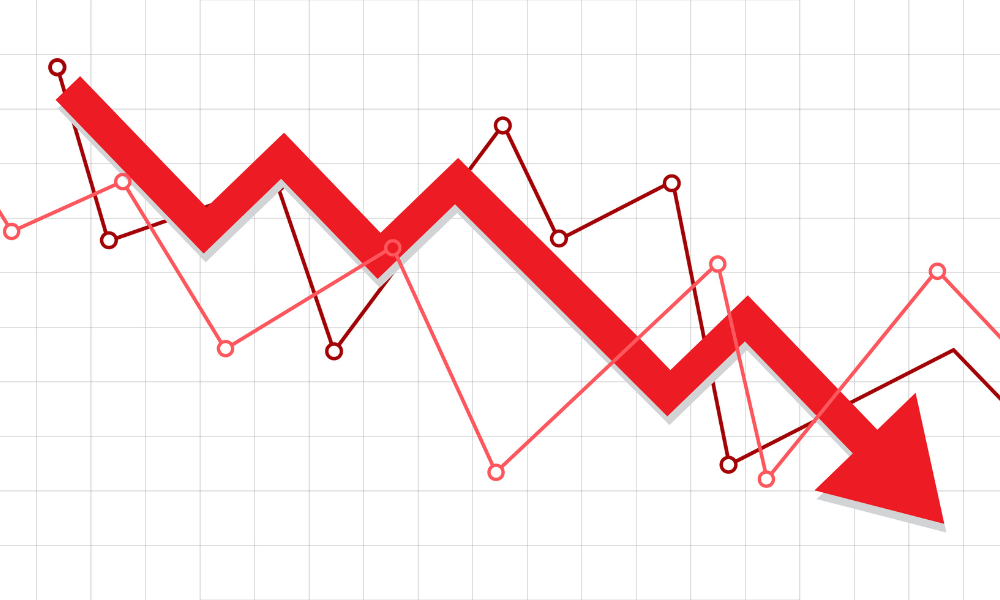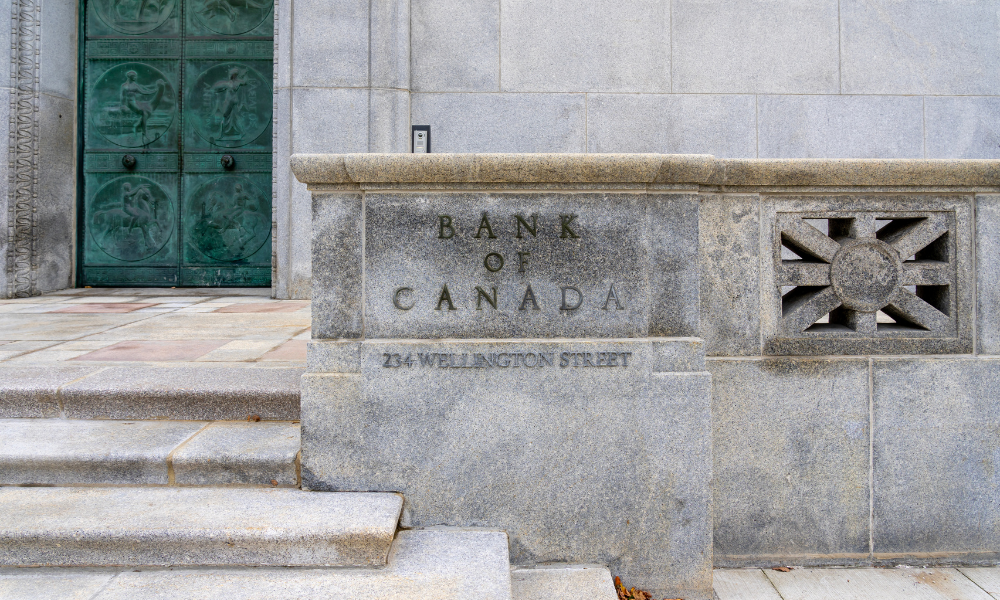Canadian insolvencies jumped in the third quarter of 2020 following previous slump and there could be worse to come

Support from government programs helped push the number of Canadian insolvencies to a record low in the second quarter of 2020, but things looked different in the third.
As government and lender programs designed to help individuals and businesses were would down or changed, a greater number of people sought advice on insolvencies – for some it was too late.
A new report from the Canadian Association of Insolvency and Restructuring Professionals (CAIRP) analyzes stats released this week by the Office of the Superintendent of Bankruptcy and reveals a 19% increase in insolvencies across the country in September compared with the previous month and a quarter-over-quarter increase of 8%.
CAIRP’s analysis points to the financial pain caused by the pandemic and chair Mark Rosen says a continued rise in insolvencies looks inevitable.
“As it stands, insolvencies are down compared to last year but we can attribute the decline to pandemic-related government support, unprecedented creditor flexibility and a lockdown lag whereby insolvency proceedings have been delayed – whether by personal choice or due to court closures,” he said.
Teetering on the edge
The outlook is bleak for many Canadians, whether for their personal finances or for their business.
Consumer insolvencies dropped more than 42% in the second quarter but saw an 8% increase in the third quarter. However, they remain well below the level seen last year - down 40% in the third quarter compared to the same quarter last year and down 19% for the 12-month period ending Sept. 30, 2020.
But there could be worse to come.
“There are many individuals who are currently scraping by. These individuals are most at risk because it is often sudden income shocks – like a job loss, or a major car or home repair – that can trigger insolvency. Right now, many are teetering on the edge of that COVID cliff,” says André Bolduc, executive board member of CAIRP and Licensed Insolvency Trustee.
The biggest rise quarter-over-quarter was in Newfoundland and Labrador (28%) with New Brunswick (26%), Quebec (21%), and Nova Scotia (10%) all posting double-digit increases.
There were smaller increases in PEI, Ontario, and Alberta, while BC, Manitoba, and Saskatchewan all posted declines.
“In many cases, the coronavirus crisis will expose deeper financial issues, like staggering household debt. As pandemic assistance measures end and creditors begin collecting current payments and deferred payments, those who are dangerously over-leveraged are going feel the squeeze most,” added Bolduc.
What about businesses?
Business insolvencies increased modestly in the third quarter, rising 3.5% from the previous three month period and following declines in the first half of 2020.
As with consumer insolvencies, the business stats represent a significant decline – down 24% quarter-over-quarter and down 19% for the 12 months to Sep. 30, 2020 – but again, this does not tell the whole story.
“What we don’t see reflected in the insolvency statistics is the alarming number of business owners who are choosing to ‘walk away’ rather than filing a bankruptcy,” said CAIRP corporate insolvency specialist David Lewis. “By not taking any formal steps to wind down the business or settle their business debts, they may be making matters worse for themselves.”
Struggling businesses may be further burdened by landlords chasing arrears and the long term cost of emergency loan programs.



